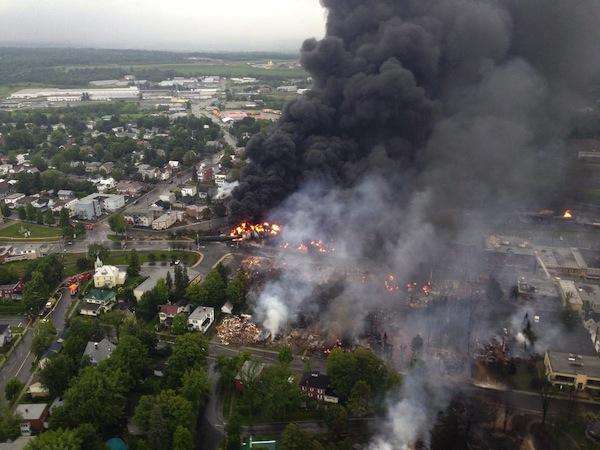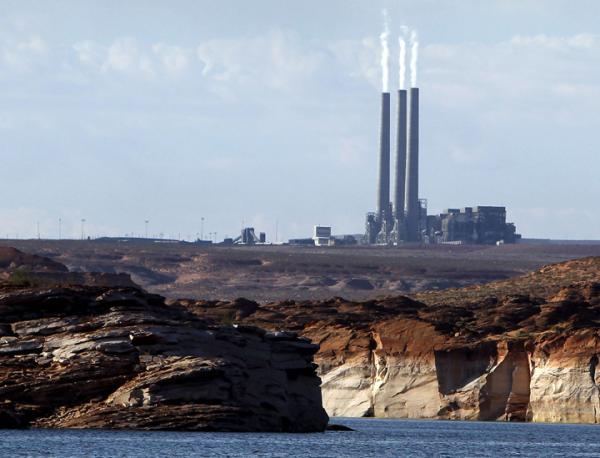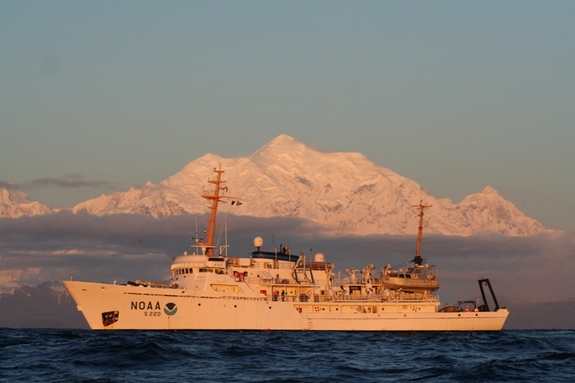By Benjamin Dangl, Toward Freedom
US imperialism spreads across Latin America through military bases and trade deals, corporate exploitation and debt. It also relies on a vast communications surveillance network, the recent uncovering of which laid bare Washington’s reach into the region’s streets and halls of power. Yet more than McDonald’s and bullets, an empire depends on fear, and fear of the empire is lacking these days in Latin America.
The controversy stirred up by Edward Snowden’s leaked documents reached the region on July 7th, when the first of a series of articles drawing from the leaks were published in the major Brazilian newspaper O Globo. The articles outlined how the US National Security Agency (NSA) had for years been spying on and indiscriminately collecting the emails and telephone records of millions of people in Brazil, Venezuela, Colombia, Mexico, Peru, and Argentina, just as it had done in the US, Europe and elsewhere.
The articles pointed out that data collection bases were located in Bogota, Caracas, Mexico City and Panama City, with an additional station in Brasilia which was used to spy on foreign satellite communications. The NSA gathered military and security data in certain countries, and acquired information on the oil industry in Venezuela and energy sector in Mexico, both of which are largely under state control, beyond the reach of US corporations and investors.
As with the spying program in the US, Snowden’s leaks demonstrate that this method of collecting communications in Latin America was done with the collusion of private telecommunications companies in the US and Latin America.
Brazilian President Dilma Rousseff called the spying a “violation of sovereignty and human rights.” The presidents of Brazil, Bolivia, Argentina, Uruguay, Venezuela and other nations in the region condemned Washington for its actions and called for an inquiry into the surveillance.
“A shiver went down my back when we learned that they are spying on us from the north,” Argentina’s President Cristina Fernández de Kirchner said in a speech. “More than revelations, these are confirmations of what we thought was happening.”
Indeed, the region is no stranger to US spying and interference. And with the election of leftist presidents across Latin America over the past decade, it should come as no surprise that the US has been spying into what Secretary of State John Kerry recently referred to as Washington’s “backyard.”
The shadow of 20th century dictatorships hangs over much of Latin America, orienting the region’s democratic processes and struggles for justice. Brazil’s Rousseff and Uruguayan President José Mujica are among today’s various Latin American presidents who were active in the social movements fighting against brutal US-backed dictatorships in their respective countries.
Rousseff was jailed for her activism from 1970-1972, and Mujica was shot by the police six times, tortured and imprisoned for 14 years, including being confined to the bottom of a well for over two years. Under the leadership of Nestor and Cristina Kirchner, Argentina has sought justice for the some 30,000 people disappeared during that nation’s dictatorship. Needless to say, the legacy of US-backed coups, right-wing spying networks, and police states looms large in Latin American politics and recent memory.
So when Snowden’s leaked documents pointed to contemporary spying, it harkened back to Washington’s Cold War allies who, through coordinated efforts like Operation Condor, collaborated regionally to monitor dissidents and supposed communists, intercepting mail and spying on phone communications as a part of their continental nightmare.
But the Cold War is over, and from Argentina to Venezuela leftist politics have dominated the region’s landscape over the past decade, labor and indigenous movements have been on the rise, and a decidedly anti-imperialist stance has been common in campaign platforms and political policy.
While Washington has succeeded in supporting coups against left-leaning leaders in Honduras and Paraguay in recent years, a US-dominated regional trade agreement was shot down, its military bases have been pushed out of certain areas, US policy in the war on drugs is meeting resistance in key countries, and Latin American governments are going elsewhere for loans and aid. As a historic shift in politics has taken place south of the US border, Washington has often appeared out of touch and grasping for allies.
In this context, leftist Bolivian President Evo Morales’ plane was grounded in Europe upon its return home from Russia on July 2nd. US officials behind the grounding of the plane believed Snowden, currently based in a Moscow airport, was on Morales’ flight, as the whistleblower was seeking asylum in South America.
After returning to Bolivia, where a meeting was convened among Latin American leaders to address the US and European nations’ action against Morales, the Bolivian president said “the United States is using its agent [Snowden] and the president [of Bolivia] to intimidate the whole region.”
Latin American presidents across the board were outraged at the actions against Morales, and Venezuela, Nicaragua and Bolivia all offered asylum to Snowden in a protest against the US and in solidarity with the whistleblower. Others said they would help to protect him from US prosecution.
When US Vice President Joe Biden pressured Ecuadoran President Rafael Correa to not give asylum to Snowden, Correa thumbed his nose at the US, renouncing $23 million in US trade benefits, and offering those funds instead for training of US officials on civil liberties and human rights.
In regards to the spying revelations and to the grounding of Morales’ plane, Correa told reporters, “We’re not 500 years behind. This Latin America of the 21st century is independent, dignified and sovereign.”
In all of the data that the US gathered across the region, it missed one crucial fact: that Latin America is no longer Washington’s backyard. In spite of the empire’s wide reach, there are places where it will always be defied, in the telephone booths and dreams of a world that it will never truly own.












